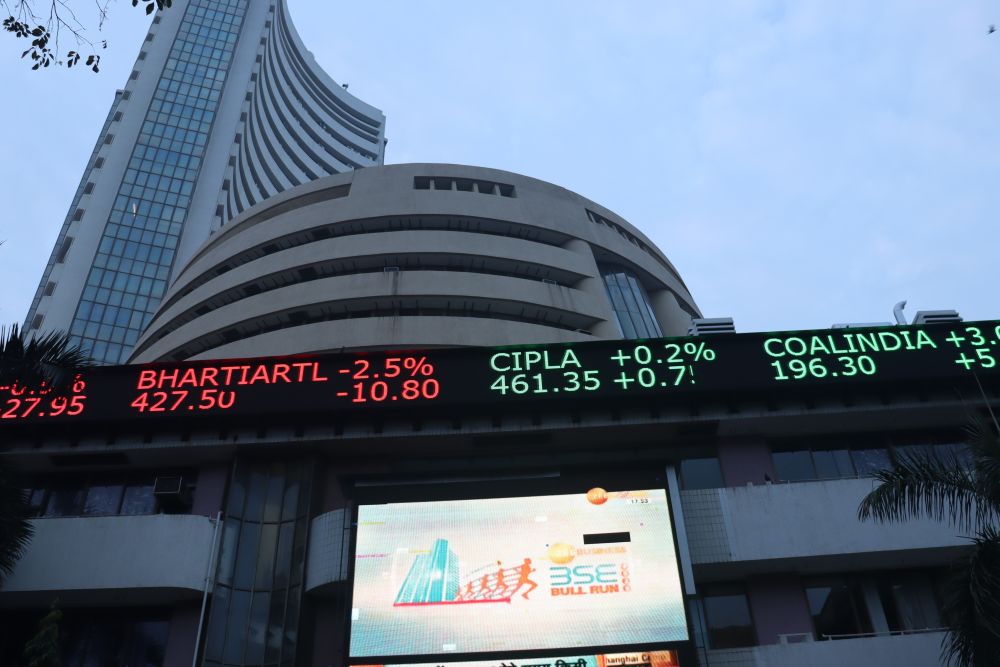
China’s bond market is rapidly developing. Over the years, the market has seen increased issuance and heightened investor interest. Still at the same time, the market has witnessed turbulence: Moody’s Investor Services downgraded China’s sovereign rating in May and the yield curve inverted as a result.
Despite these events, we believe that China’s bond market remains an attractive long-term proposition, particularly with programmes such as Bond Connect that will help deepen reforms and bridge China’s bond market to the world.
A rapidly-growing market – albeit a volatile one
Indeed, China’s bond market has posted significant growth over the past five years. According to China Central Depository & Clearing Co, bond issuance has grown an average of 21% from 2011-2016.
Although much of the issuance has been on government debt, China’s nascent corporate market is also gradually expanding, drawing investor interest. China is today home to the third-largest bond market in the world.
Despite these accomplishments, the market has experienced increased volatility on the back of government policies to deleverage the Chinese economy, as well as growing debt levels, which was a reason cited by Moody’s for its credit downgrade in May.
Structural issues crucial to market development
Nevertheless, we view these events as part of the long-term development of China’s bond market, which also includes important structural issues.
One of the key structural issues is the low level of foreign ownership in China’s bond market. Foreigners currently own only 2.7% (US$243 billion) of bonds in China. They also make up a lower proportion of the sovereign bond market in China, compared to other countries. As at end-2016, foreign investors only owned 4% of the Chinese sovereign bond market – a level below that of even India (6%) and Egypt (9%), according to a report published in May by Hong Kong Exchange and Clearing.
Second, onerous on-shore applications may have discouraged some investors. Currently, investors looking to invest in China must apply for a licence and create an account onshore, or via a lengthy administrative and setup process with local custodians and clearing agents, which also makes it more difficult to repatriate money out of the country.
Bond Connect programme to enhance investor access
The Bond Connect programme, announced by the People’s Bank of China and the Hong Kong Monetary Authority in May, will address some of these issues linking up the offshore and onshore bond market.
The programme will initially allow international institutional investors (i.e. northbound) to invest in China’s Inter-Bank Bond Market (CIBM) via a convenient market infrastructure linkage in Hong Kong. Reciprocal access to Hong Kong’s market is expected to be introduced later.
A potential game changer
As a bond investor in China that has participated in programmes such as QFII, dim sum bond offerings and CIBM, we see Bond Connect as a transformative programme for two reasons.
First, the programme will serve as a bridge to foreign investors, just like the Shanghai-Hong Kong Stock Connect. Stock Connect has had a positive effect on increasing volumes between markets, according to HKEX data, and catalyzed China’s equity market liberalization. MSCI’s announcement in June to include China in its benchmark indices after three rejections is a direct result of this programme.
We envisage similar success for Bond Connect in China’s institutional space: improved volumes, increased foreign participation, and the ultimate inclusion of China in global fixed income indices. We estimate that China’s inclusion in global bond indices could lead to a potential capital inflow of US$650 billion to US$750 billion in passive demand. Foreign investors may ultimately provide a layer of institutional investment that might dampen market volatility through a broader and more diversified investor base.
Second, the programme will likely have a positive impact on key economic goals such as capital account liberalization and promotion of the renminbi globally. Opening up onshore bond access is another important step for the government to liberalize the capital account, while foreign investors holding onshore renminbi bonds will increase demand for the currency.
Endre Pedersen is chief investment officer, fixed income, Asia ex-Japan, at Manulife Asset Management









